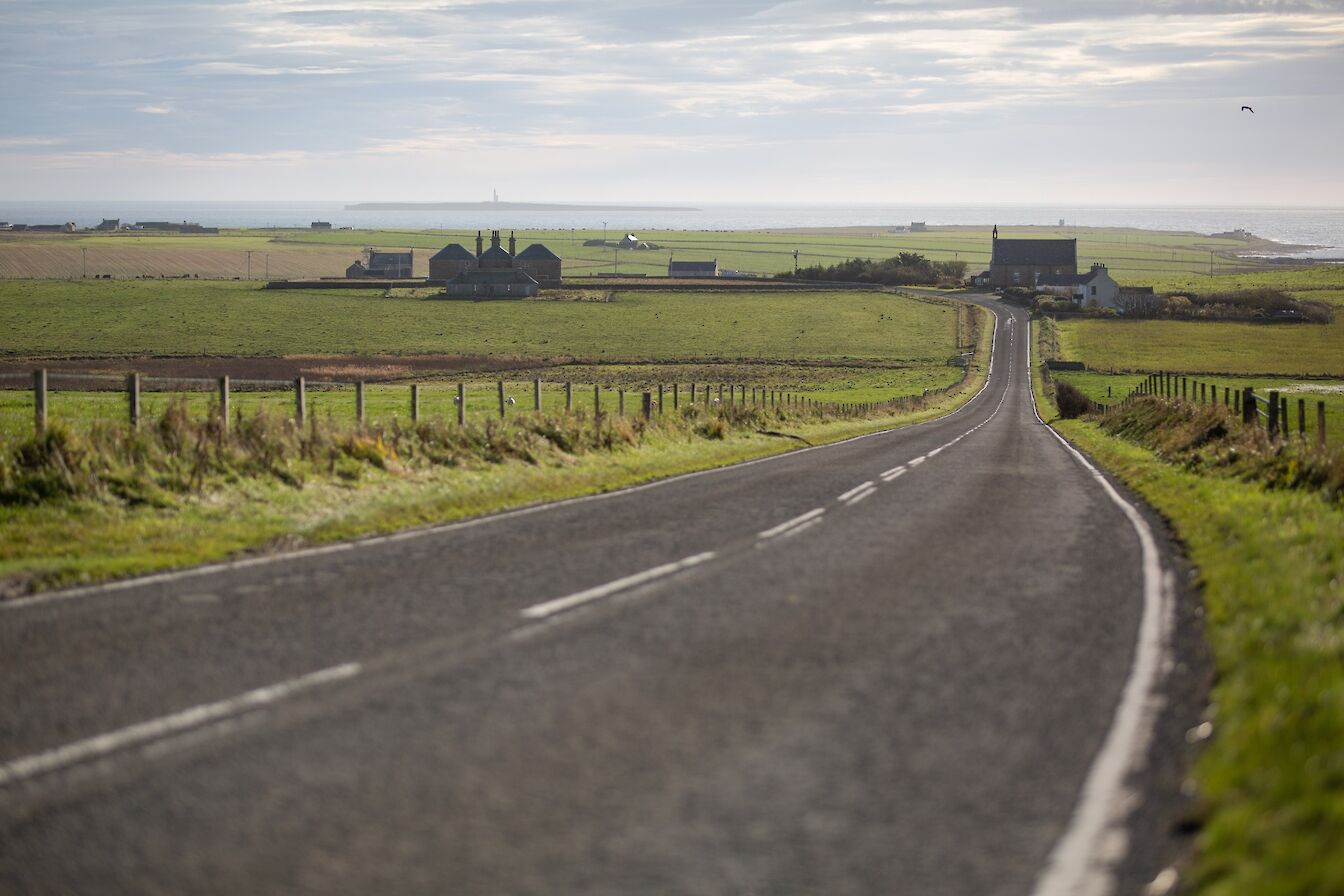Some years ago, before moving to stay in Orkney, I lived in Yorkshire. My mum had passed away in 1996 and left me a small legacy. Sitting in the cinema one night, my mind wandering from the not very good film, I suddenly realised I now had the wherewithal to buy a boat – something I had long wanted to do.
You might think Sheffield is not the best place to live if you want a sea-going boat, and you’d be right, but practical, common sense and wanting a boat often don’t go hand in hand.
I spent the next year or so looking for a boat – on every visit to the coast, from Scilly to Stornoway and Bridlington to Ardrossan (yes, I really did visit all those places, and a few more besides). The ones I found were either too old, too rotten, too expensive, too big or small or just not pretty.
I was on Stornoway Harbour, talking to a fisherman one day, and telling him my problem, when he said, without hesitation, ‘Have one built’. I told him I couldn’t possibly afford that but he assured me I might be pleasantly surprised. There followed that classic ‘back of a cigarette packet’ moment where he gave me a name and telephone number of a boat builder near John O’Groats.
When I got home there were just four days left of my schoolteacher’s summer holiday in the first week of September. ‘I’m going to John O’Groats,’ I announced to Bev, ‘would you like to come?’
We met Peter Mathieson at his yard on the north coast of Scotland and he agreed to build me a 21 foot boat, in the traditional larch on oak, clinker fashion. ‘We call this a Stroma Yole round here’, Peter said, ‘but they won’t know about such things in Sheffield.’ It was pointed at both ends.
He told me to visit the museum of Viking ships in Oslo (so Bev took me for a 50th birthday, long weekend treat) ‘You will see they are built just like your boat. The technique was fully developed by the Vikings and has never been improved upon,’ Peter said,
Months later, I was back on the north coast, with a trailer I had bought in the south and hoping the boat would fit. After a brief sea trial in Scrabster Harbour we put the boat on the trailer and a man who lived on the cliff top allowed us to park it in front of his house for a few days until we were ready for the long haul south. He invited us in for a cuppa. I was admiring the view from his north facing lounge when he said ‘I can sit here in late afternoon, in winter, and watch seven lighthouses switch on.’
I don’t think he said which seven but the chart suggests: Dunnet Head, Duncansby Head, Stroma, Swona, Pentland Skerries, Cantick Head and Lother Rocks (just off Burwick in South Ronaldsay).
That was in 1998 and I remembered the man’s boast ever after. ‘Wow, imagine being able to see all those lighthouses’ I thought. Of course, it isn’t just the lighthouses. Being able to see that number means you must have a pretty good, all round view of the sea. And not just the sea. Orkney provides a back drop to the view as well. The islands of Pentland Skerries, South Ronaldsay, Swona, Hoy are all in view on a clear day.
Stroma is even closer although not part of Orkney. Stroma belongs to Caithness. I always wonder, had it belonged to Orkney – with our island psyche and management experience – whether Stroma might have survived the ravages of depopulation and desertion that ended human occupation there in the 1970s.
I never thought it might be me one day but, in 2017, Bev and I moved to live in Orkney. Our house overlooks Scapa Flow and I can see lighthouses. The tiny light beacon on the end of the uninhabited island of Cava winks at me whilst I’m watching TV if I leave the curtains open. It caught my eye one night recently and I watched it for a while. It reminded me of where I was. I couldn’t see the water in the darkness but I knew that was where the German fleet had been anchored and then scuttled in 1919. I knew it was where Meg and Ida had lived, two ladies who walked from Somerset to live in a bothy for 30 years.
Beyond, I could see the red beacon at Lyness, in Hoy, where all that history of World War II had played out, at the base for the British fleet. To the left I could make out the flash of Duncansby Head Lighthouse, at the north-east corner of Scotland. Am I really sitting here? Am I really this far north? I thought. Orcas swim there and puffins come back to nest in the spring.
This was better than the film, so I turned off the TV to sit in silence, and darkness, and watched the lights for a while.
 Richard writes regularly for Scottish Islands Explorer. His first book: 'Scotland’s Islands – A Special Kind of Freedom' was published in 2014. 'Orkney – A Special Place' appeared in 2017, with 'Orkney - A Special Way of Life' published in 2021. The books are published by Luath Press, Edinburgh. 'The Sea All Around - Travels in Scottish Islands' is a work in progress.
Richard writes regularly for Scottish Islands Explorer. His first book: 'Scotland’s Islands – A Special Kind of Freedom' was published in 2014. 'Orkney – A Special Place' appeared in 2017, with 'Orkney - A Special Way of Life' published in 2021. The books are published by Luath Press, Edinburgh. 'The Sea All Around - Travels in Scottish Islands' is a work in progress.



